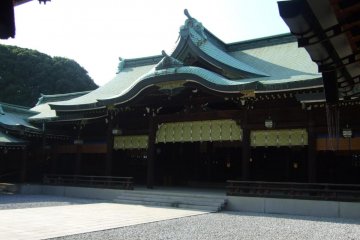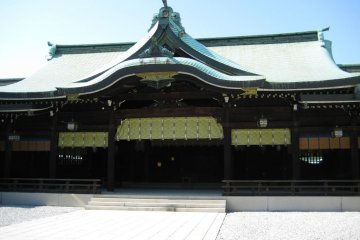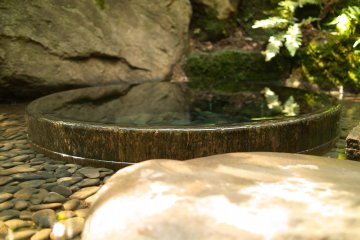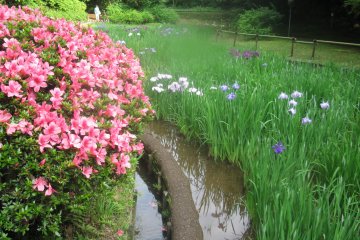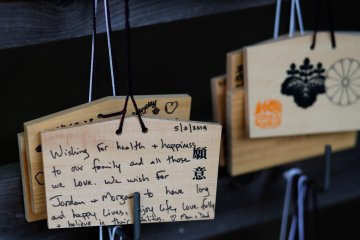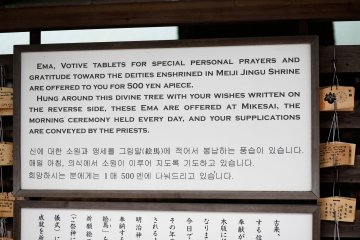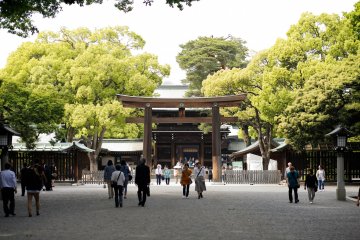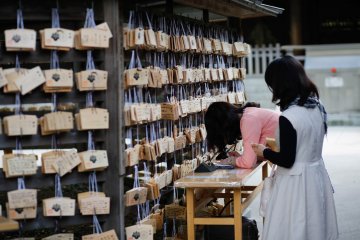They are called ema and they are small wooden tablets used by worshippers to write down their prayers or wishes. The tablets are left in a designated area at the shrine, a traditional way of sending their prayers to the gods.
After a long evening stroll in Yoyogi Park, which is right next to Harajuku Station, I visited the impressive Meiji Shrine, one of the top sights in the big city. What amazed me the most was the traditional architecture and the Japanese feel in every corner. There are numerous things to see, but what particularly caught my attention were these small wooden tablets hung on prayer boards in front of the shrine.
Looking at the reading of the word ema (絵馬), it means "picture of a horse". In ancient times people would donate live horses to the shrine, but as this was not overly practicable, this tradition was transferred to pictures of horses on wooden plaques, since then called ema. In the beginning only horse pictures were used, but the images on the votive tablets started developing. So nowadays you will find ema with the animals of the Japanese zodiac, portraits, mantras, symbols of a particular deity or something else related to the legend of the shrine. Many confirm that the old traditional ema are a prized possession for art collectors, especially the ones with historical illustrations of classic stories and scenes from famous battles. Types of ema range from large, framed pictures produced by professional painters, to smaller pictures painted by unknown artists, or even by the devotees themselves.
Ema are sold for various purposes such as good health and happiness, success in life and good wishes for family and friends. You can buy the little tablets at the counters of the shrine for ¥500. Other lucky charms are available too. I think this is a nice way to support the shrine financially.
So the next time you visit a shrine, don't forget to write down your prayer or wishes on ema. There is a lot to learn about Japanese culture, so I wish I can keep visiting Japan every year.



